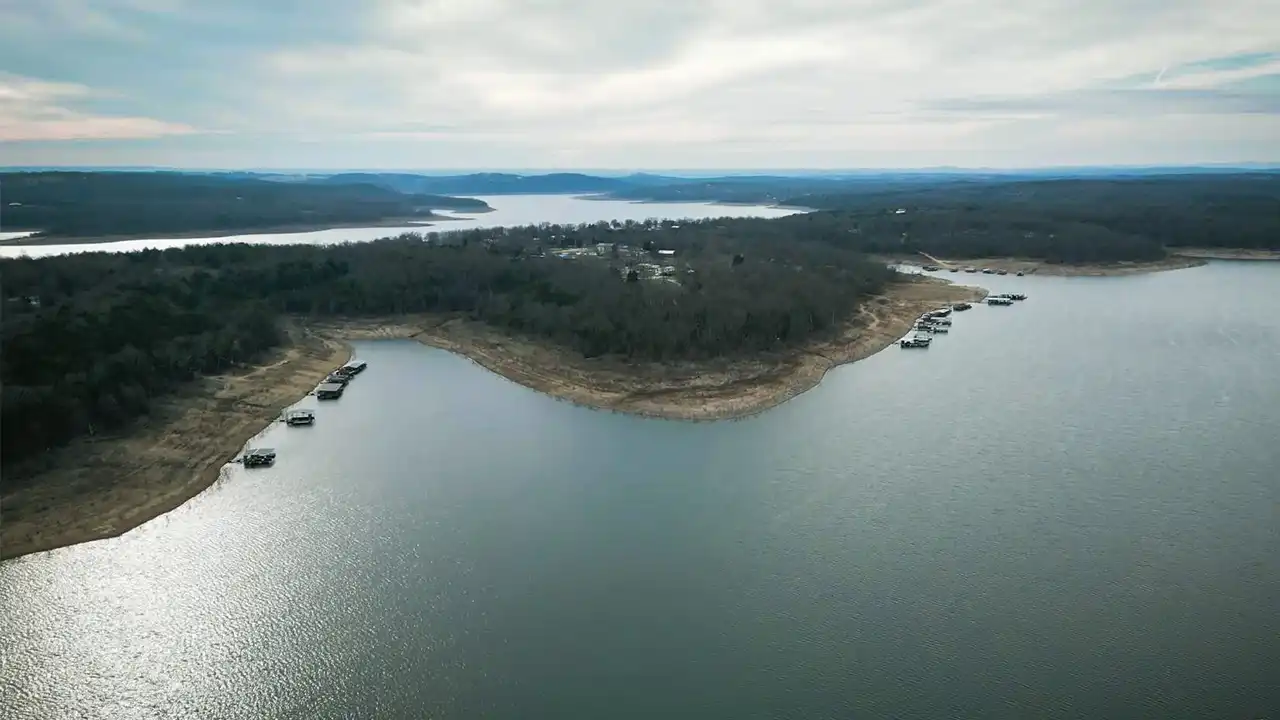Yesterday, the California Department of Fish and Game (DFG) sued the United States Army Corps of Engineers (Corps).
DFG claimed in its lawsuit that the Corps failed to comply with the federal Endangered Species Act, National Environmental Policy Act, an federal Administrative Procedure Act when it adopted a national policy requiring the removal of virtually all trees and shrubs on federal levees. The Corps developed its national levee vegetation removal policy in the wake of Hurricane Katrina.
The Corps’ national policy fails to account for regional variations among levees. As early as 1955, the Corps encouraged and even required the planting of trees and shrubs on California levees. Studies conducted in 1967, 1999 and 2008 by California confirm that native riparian vegetation are compatible with flood control and that such vegetation can often act to minimize damage during a flood event. In fact, the Corps’ own studies from 1991 and 1999 confirm that post-damage flood rates for levees containing woody vegetation were lower than levees with no vegetation. DFG is confident that the Corps’ flood concerns can be met in a regional variation allowing this unique riparian habitat.
Only five percent of the Central Valley’s original riparian forest remains and the Corps’ new policy would eliminate it entirely. In addition to providing scenic beauty and recreational enjoyment for people, riparian habitat is essential for several endangered species including Chinook salmon, Central Valley steelhead, Valley elderberry longhorn beetle, riparian brush rabbit, Western yellow-billed cuckoo and Swainson’s hawk.
Approximately 1,600 miles of federal project levees along the Sacramento and San Joaquin rivers and tributaries are likely to be affected by the Corps’ policy. Several miles of federal levees in the Bay Area and Southern California would also be affected. Compliance with the new policy is estimated to cost the state up to $7.5 billion and divert funds from more significant levee deficiencies such as seepage and erosion. Despite years of roundtable discussions between DFG, the Corps and other state, federal and local entities, DFG’s concerns over removing the riparian habitat remain unaddressed.
DFG’s mission is to manage California’s diverse fish, wildlife and plant resources, and the habitats upon which they depend, for their ecological values and for their use and enjoyment by the public.












